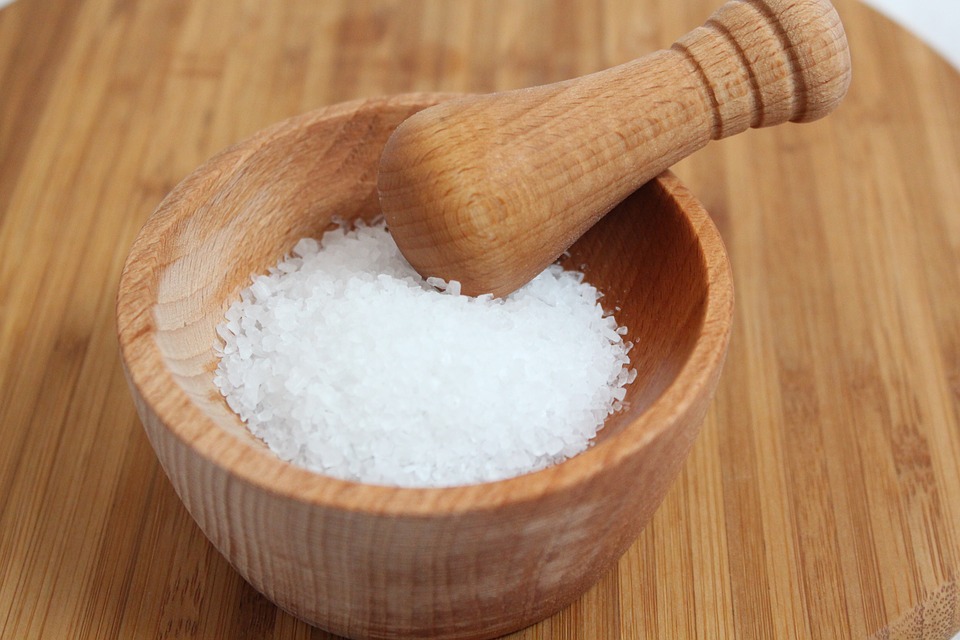By Mary Pletsch 02 Feb 2021 no comment 867 Views
The human body needs a certain amount of salt to survive. Yet most people in the Western world consume far more salt than what they need. Too much of this mineral can lead to adverse health effects.
Where does all that extra sodium come from? How do we minimize it?
Taste your food before adding salt
For many of us, shaking that white shaker over our meals is an automatic habit. It’s worthwhile to taste the food first. You might find that it’s good the way it is.
If you think you might like a little salt, add just a small sprinkle and then try the food again. Make sure you truly need more before sprinkling again.
When you’re cooking, try adding very small amounts of salt (or even none) to the recipe. You can always add it at the table if you think it’s required.
You don’t actually need salt water to boil pasta, rice, noodles or vegetables. These foods cook fine without this optional ingredient. Skipping the salt water minimizes your sodium intake and has little effect on the flavour of the food.
Be cautious of prepackaged foods
Most of the excess sodium eaten by the average person comes from prepackaged foods.
The companies who make these foods often choose seasonings they think will appeal to the widest variety of tastes, rather than ingredients that are the healthiest. In a society where excessive sodium consumption is the norm, this usually means that these foods are very salty.
Always read the label to know what is in a packaged or pre-prepared food.
It may surprise you to discover that salt is added to foods like tomato juice, canned vegetables, cereal, cottage cheese, sandwich meats, and breads. That means that sodium gets into your diet in ways you might not expect. Most of us would guess that a bacon sandwich is salty, but we might not suspect that the sports drink we washed it down with is also salty.
Some foods offer a “reduced sodium” version. It may be better for you than the original, but read the label anyway. You might still find that it has more sodium (or other ingredients) than you want to eat.
When you make a meal yourself, you have control over how much salt goes into the recipe.
Salty food is an acquired taste–that can be “un-acquired”
If you cut back on your salt consumption, you might discover that foods you used to find bland start to taste better, while other foods now taste too salty.
In time your taste buds will adapt to your new diet. That means that salt cravings won’t last forever.
This is good news! The more you minimize excess sodium, the easier it will get and the better your food will taste.

